The Bauhaus was set up 100 years ago in Weimar, with Walter Gropius at its helm. Anke Blümm, a curator at the city’s new Bauhaus Museum, talks to Sophie Barling about addressing all aspects – both good and bad – of the design school’s history
The permanent exhibition in the city’s new Bauhaus Museum is called ‘The Bauhaus Comes from Weimar’. Do people need reminding?
Yes, I think it is necessary. In Germany we have a big [DIY] supermarket that’s called Bauhaus, though it has nothing to do with the Bauhaus school. If you ask the man on the street what he thinks about Bauhaus, he’ll say, ‘Well, you can buy great stuff there.’ And the second thing is to separate the Bauhaus school in Weimar from Dessau [home of the Bauhaus from 1925–32], because Dessau has got the school buildings and the Meisterhäuser and these are, of course, spectacular. People have to be reminded that the Bauhaus started in Weimar and it emerged from an older school built by Henry van de Velde. So there were art-education institutions here before the Bauhaus, which they were building on.
The new museum, designed by German architect Heike Hanada, is part of a ‘new cultural quarter’ – what is this?
There was a discussion about the right location for the new museum for over
ten years, and the Klassik Stiftung at first wanted to build it at the original Bauhaus School location [now the Bauhaus-University Weimar]. There’s a park beside the new museum that was created for the public in the 1920s.
There was a city hall and this park and a swimming pool and a sports arena, and then, when the Nazis came to power and when they came to Weimar, they built the Gauforum [the only Nazi governmental building completed outside Berlin], now on the other side of the museum. So, as we explain in an introductory room, the new Bauhaus Museum connects a project for the people of the 1920s with this brutal architecture of the Nazis. It was built by forced labour from the Buchenwald camp nearby, so you have these extremes of the 20th century at one spot in Weimar.
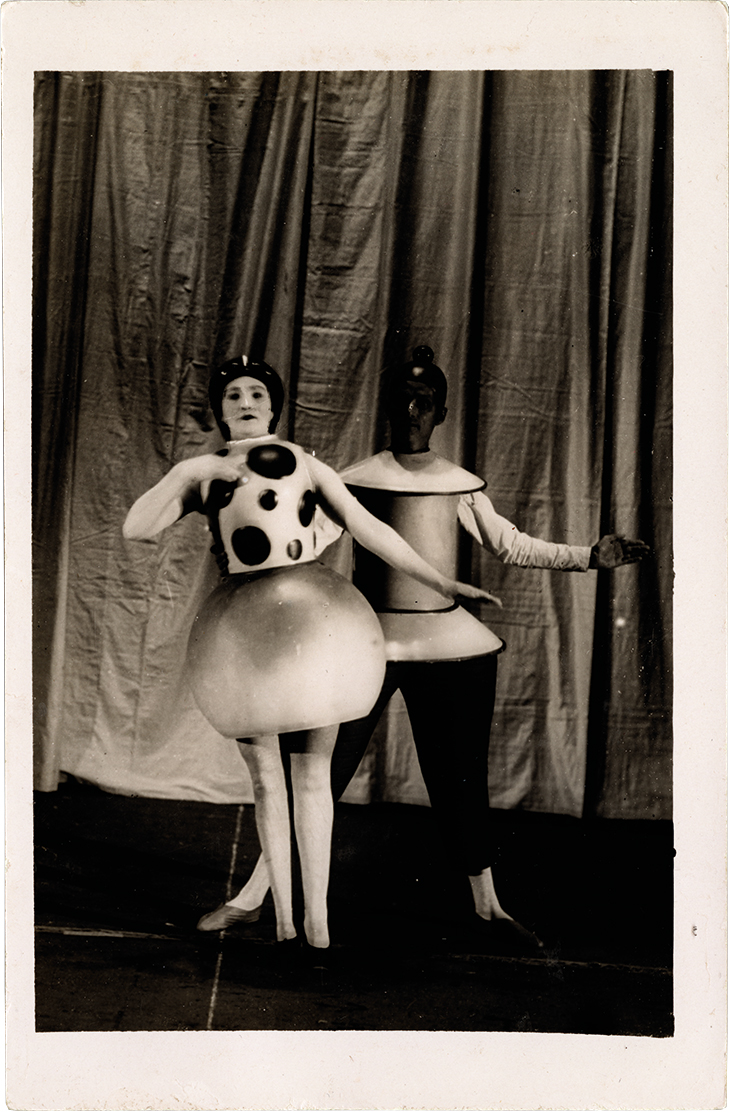
Performers in Oskar Schlemmer’s (1888–1943) Triadic Ballet (photo: 1922/23). Courtesy: Bauhaus-Universität Weimar, Archiv der Moderne; photo: presumed to be Continental Photo Berlin
The Bauhaus and its fate are tied to both the Weimar Republic and the
Nazi regime – how else does the museum address these aspects of
the school’s history?
We will show a Bauhaus chronicle to introduce the visitor to the context of the time: the First World War, industrialisation, then the hopes of changing society after the war. Gropius didn’t want the Bauhaus to be political, but he couldn’t avoid it because the school was state-funded and, especially here in Weimar, people were very conservative; for them the Bauhaus students were crazy. You could easily recognise them on the street with bare feet and long hair – they were the hippies of the time, doing breathing exercises in the park. They were all considered to be left-wing or communist, and there were foreigners at the Bauhaus, and that was suspicious at that time.
On the first floor, we refer to different Bauhäusler. For instance, there was a
Jewish architect, Zsuzsanna Bánki, who was later killed in Auschwitz; and then there was another architect, a student, Fritz Ertl, who joined the SS in Germany and worked at Auschwitz. Several of the Bauhaus students later joined the Nazi Party. Bauhaus members were not necessarily better than other German people at that time. Architects especially had opportunities to work for the Nazi regime. Several got good jobs. They may not have been convinced Nazis, but they collaborated with them.
Weimar has around 13,000 items in its Bauhaus collection (of which the
old museum could house only a tiny fraction). How was this collection formed, and how much of it can be displayed at the new museum?
Around 1,000 exhibits will be on permanent display. The original early Bauhaus collection left here by Gropius numbers 168 objects, and on the third floor we will present this in its entirety. That wasn’t possible in the old museum. Other parts of the collection were added after 1945, donated by relatives or some of the Bauhäusler who still lived in Weimar. One artist, Karl Peter Röhl, donated his collection to the Klassik Stiftung Weimar, so we have a lot of objects from him. In more recent times, we had the chance to buy the collection of Manfred Ludewig, a great collection of design objects from the early Bauhaus to today.
What other exhibits are you excited about showing now, that you were not able to show before?
We’re really proud that we can show pieces of Mies van der Rohe furniture, part of another collection we bought. Of course, Mies doesn’t represent the Weimar time, but we also want to show how the Bauhaus went on. We have these great tubular steel chairs from Villa Tugendhat. And we can show much more of the students’ work, and from different workshops, and we can show this work together with pieces by their teachers – Feininger and Klee.
Do you have a favourite object?
That’s a really difficult question because the workshops were so different. It would be unfair to pick just one object. But, for instance, from the ceramic workshops there is an experimental pot made by Theodor Bogler and Gerhard Marcks. This pot is not functional, but it is a new form of ceramic, almost a sculpture, and that’s how the Bauhäusler tried to remove the barriers between art and craft and function and form. So I like it for that.
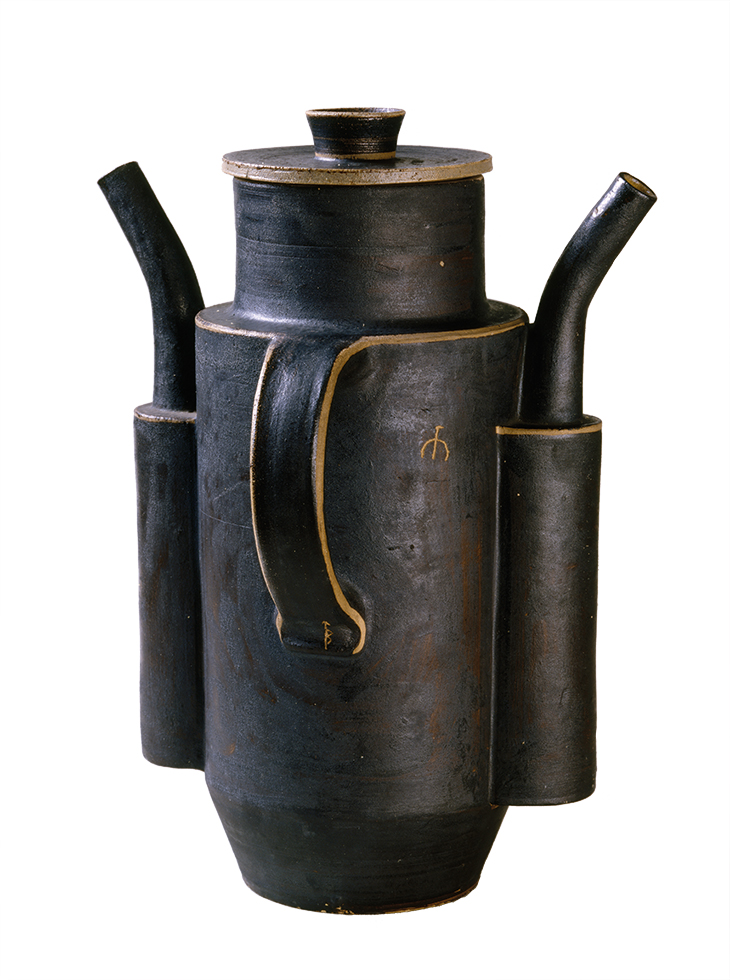
Double pitcher (c. 1922), designed by Theodor Bogler and Gerhard Marcks. Klassik Stiftung Weimar. © VG Bild+Kunst 2019, Vereinigung der Benediktiner zu Maria Laach e.V.
There are lots of toy designs in the collection. Why are play and toys such a big part of the Bauhaus?
The child got more attention at that time and there were new forms of pedagogy. They tried to think about the best way a child could be raised, and what are the toys to help a child develop his creativity and be a child and play.
‘How will we live, how will we settle, what form of community do we want to aspire to?’ To what extent will the museum address Gropius’s questions? What can the Bauhaus still teach us?
We have a workshop, which will offer, for instance, Bauhaus-era bookbinding as well as modern technology like 3D printing. There are several programmes for children and students, which have been developed by ‘Bauhaus agents’.
One of the basic questions is, how can you teach creativity? How do you make the best of the talents of a student, of a pupil? But, on the other hand, we have to think about what design is today. How can you make it both cheap and good? We have to think about the ecological questions, too, and I think the Bauhaus students would also be thinking of that if they were around today. These are the questions we have to convey in the future.
The new Bauhaus Museum in Weimar opened on 6 April.
Unlimited access from just $16 every 3 months
Subscribe to get unlimited and exclusive access to the top art stories, interviews and exhibition reviews.

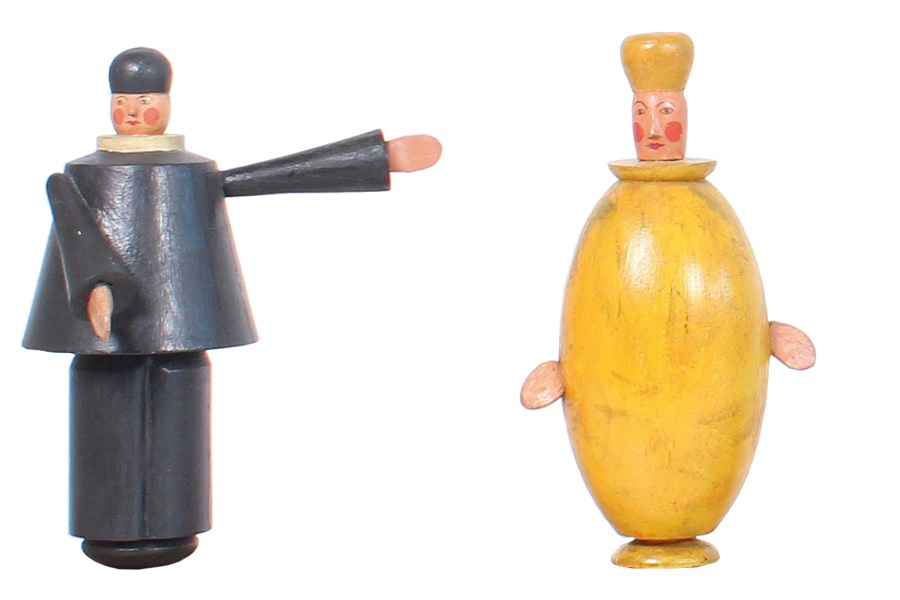
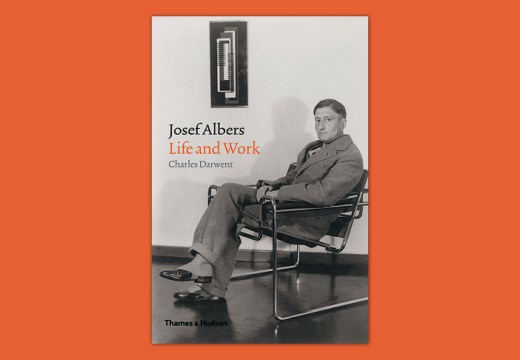
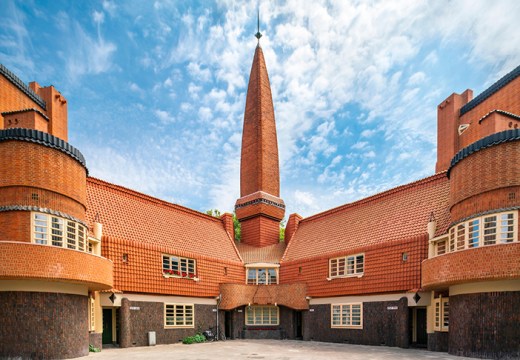
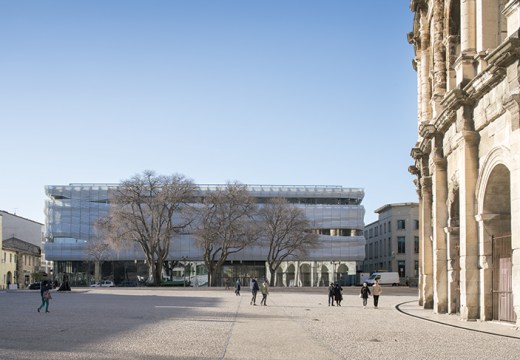









![Masterpiece [Re]discovery 2022. Photo: Ben Fisher Photography, courtesy of Masterpiece London](http://www.apollo-magazine.com/wp-content/uploads/2022/07/MPL2022_4263.jpg)
It’s time for the government of London to return to its rightful home